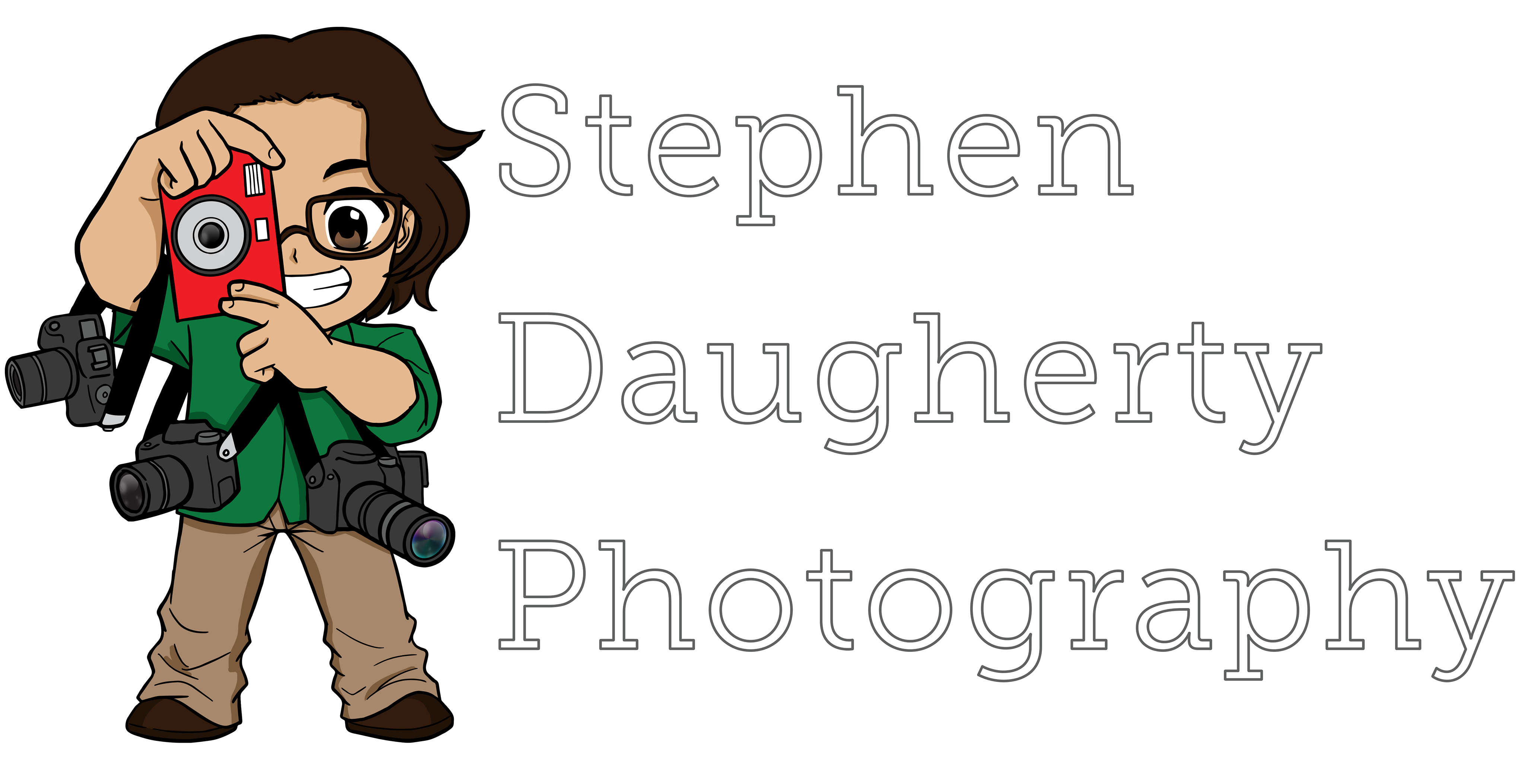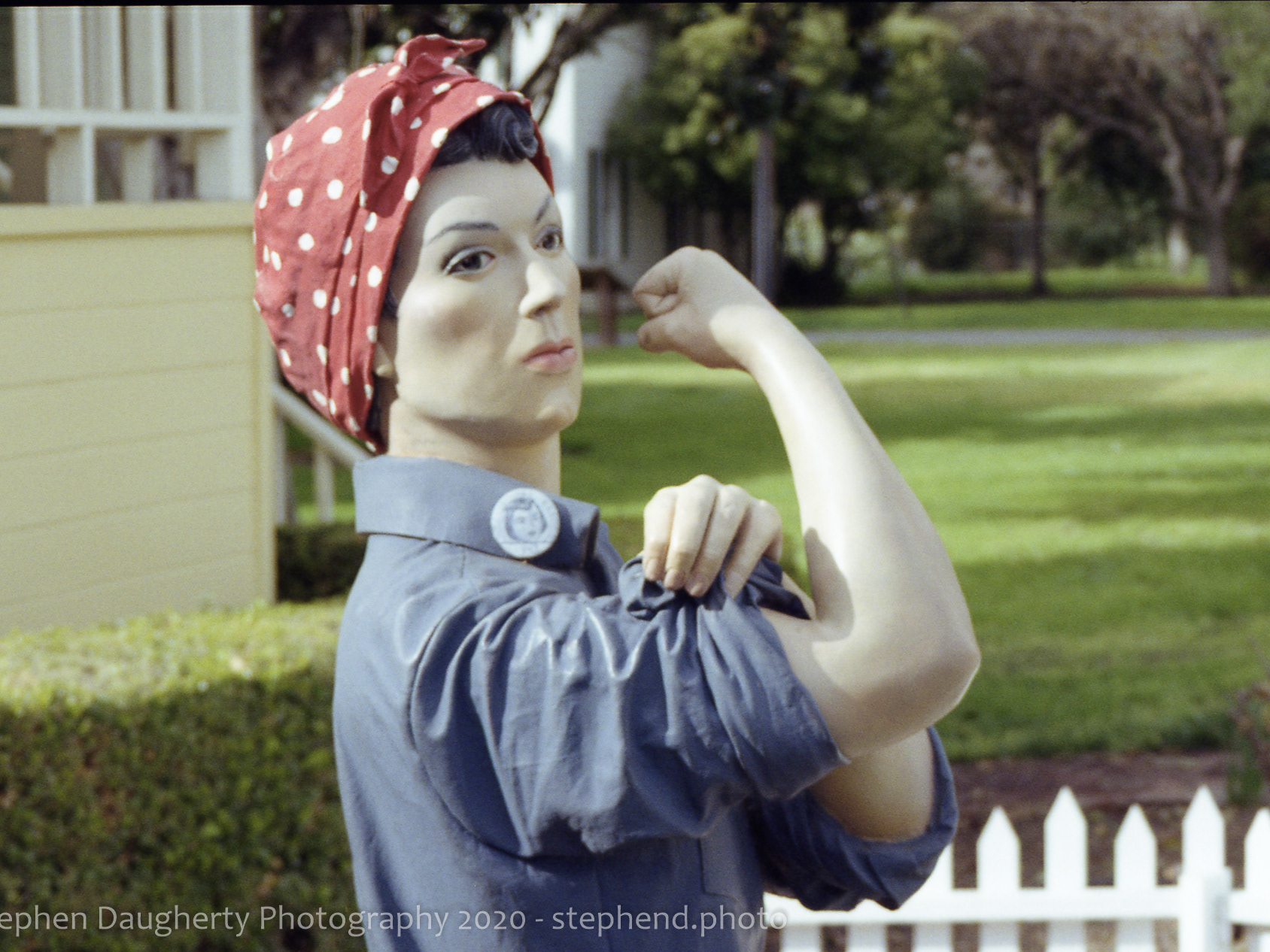NOTE: Every photo on this page was taken on Kodak Ektar 100, developed at a professional film lab, and scanned with an Epson V600
I have to admit that when I first learned about Kodak Ektar 100 I bought into the hype. A new film emulsion from Kodak offering the highest resolution of any color print negative? A color negative film that can rival slide film for saturation and quality? Sign me up! That's not to say it doesn't actually achieve those goals but after using the film and looking at the results I've discovered that it's a film I don't really need or even particularly enjoy using.
Kodak Ektar 100 is a 100 ISO color negative film first released in 2008 well after digital took over the market. Unlike older stocks it was designed to be a competitors to digital and the decisions they made show. The film features a very high color saturation and fine grain/resolution. This comes at the cost of dynamic range which is much poorer than with other stocks like Kodak Gold 200 combined with a dramatically higher per frame cost. Where you can often shoot Kodak Gold 200 for less than $0.15 a frame you can expect Ektar 100 to run you easily $0.30 or more. The stock is offered in many formats though unlike a consumer film like Gold which is handy.
The images I've been able to capture on Ektar are stunning for sure. It's hard to convey in these web images but they contain distinctly more detail than competing films do - especially when shot in larger formats like 120. That said I don't find the images particularly any more appealing than cheaper film which makes the high cost difficult to swallow. Take a look yourself at some of my selects with Ektar 100 but I think for me I'll be sticking with cheaper stuff.
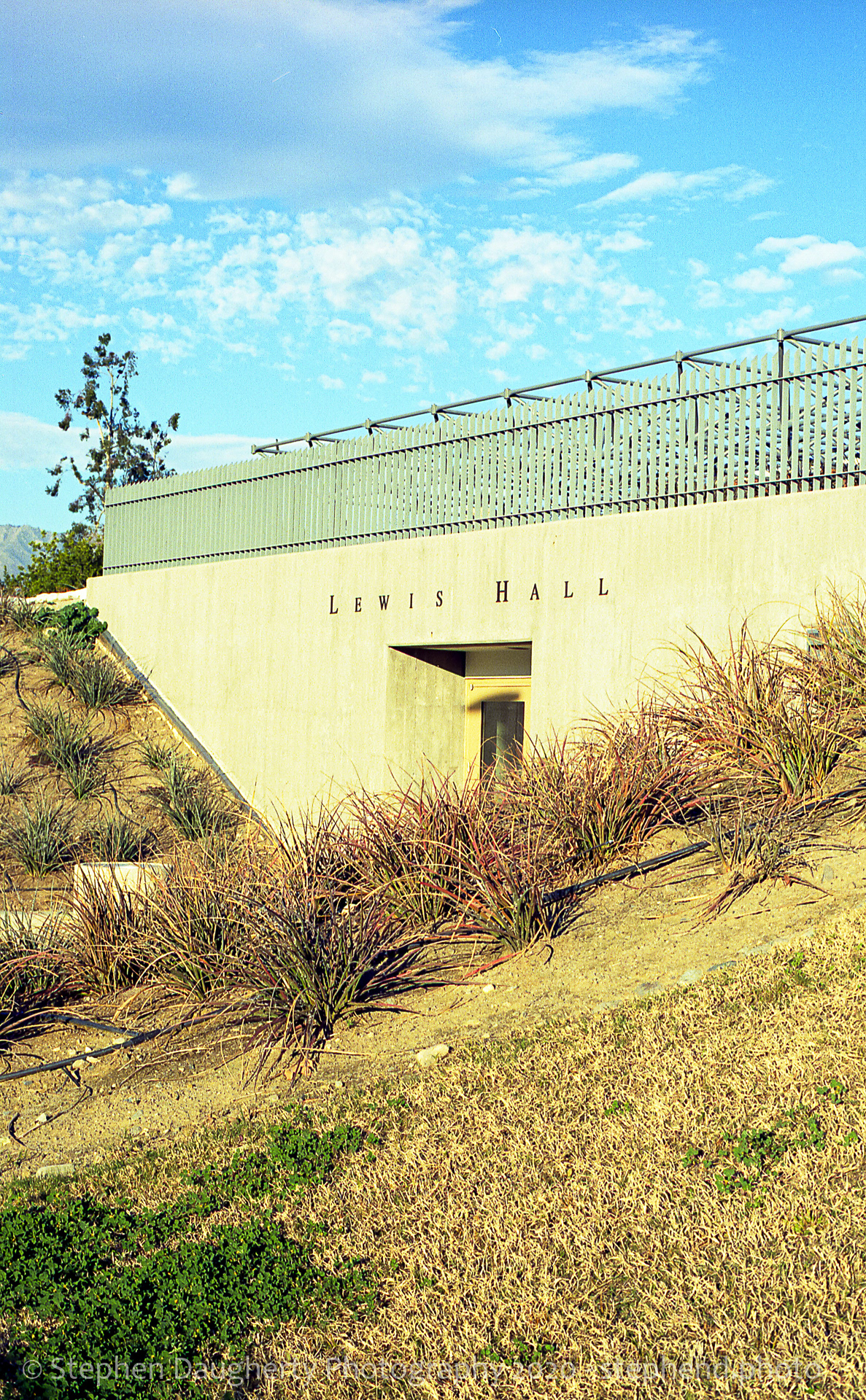
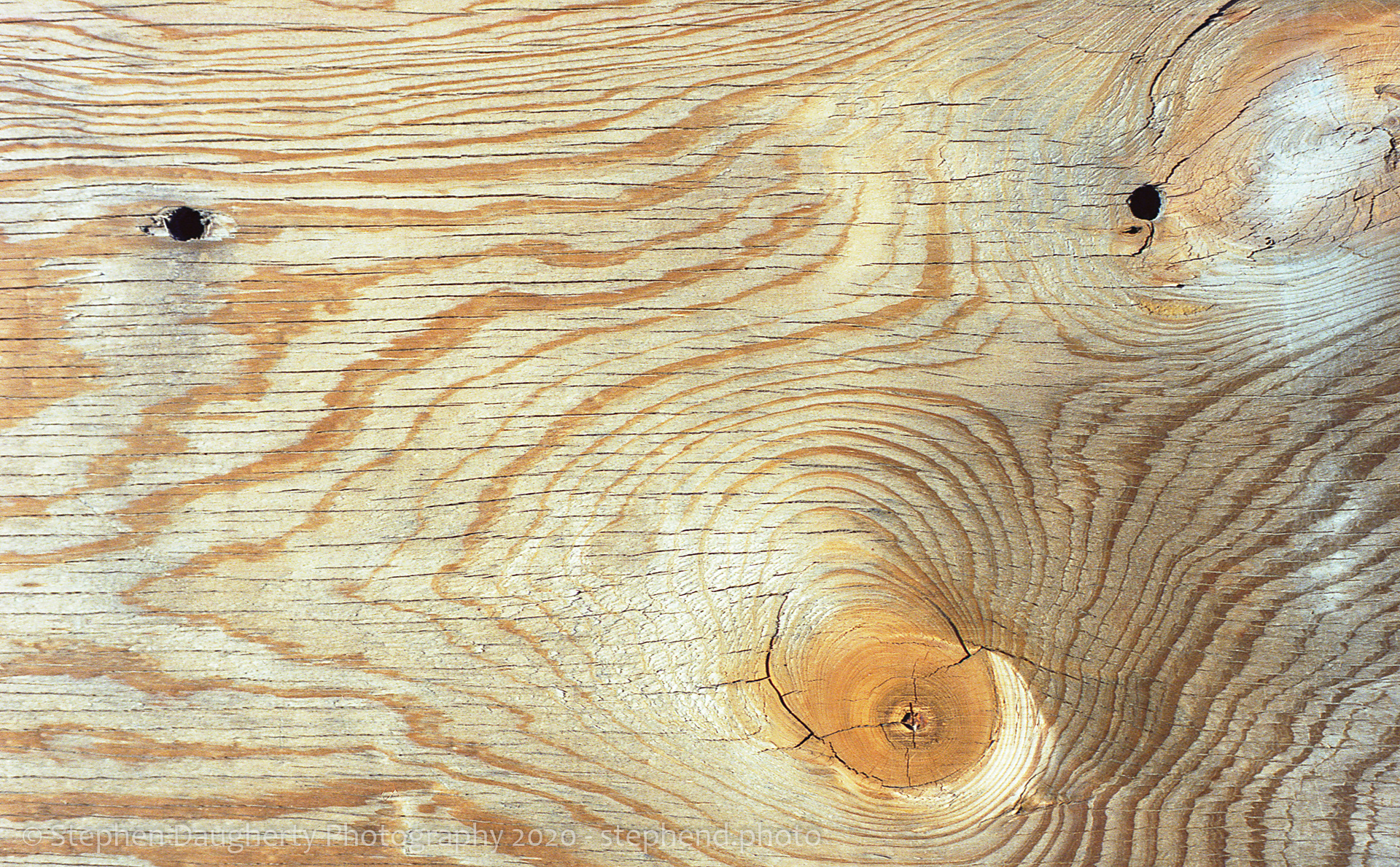
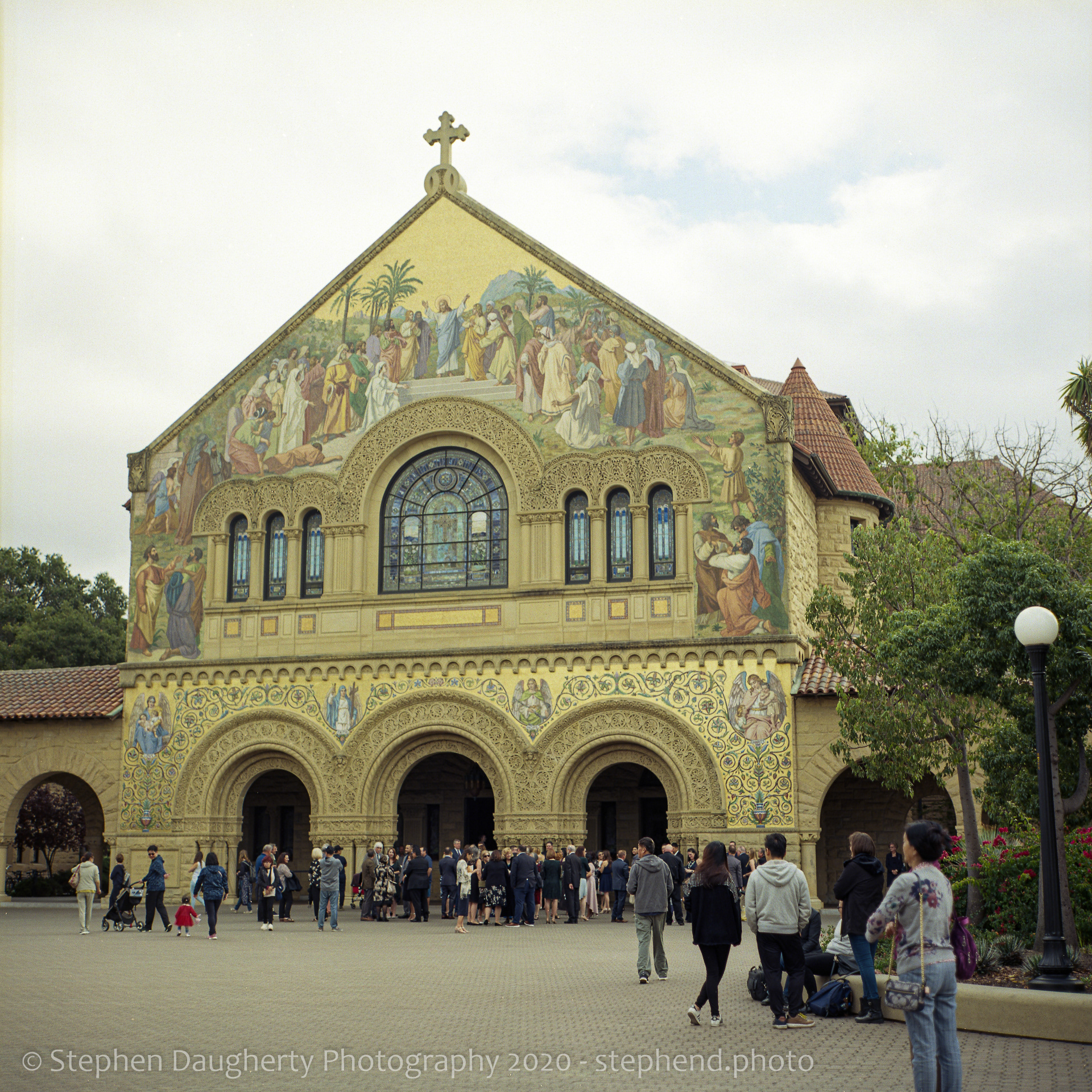
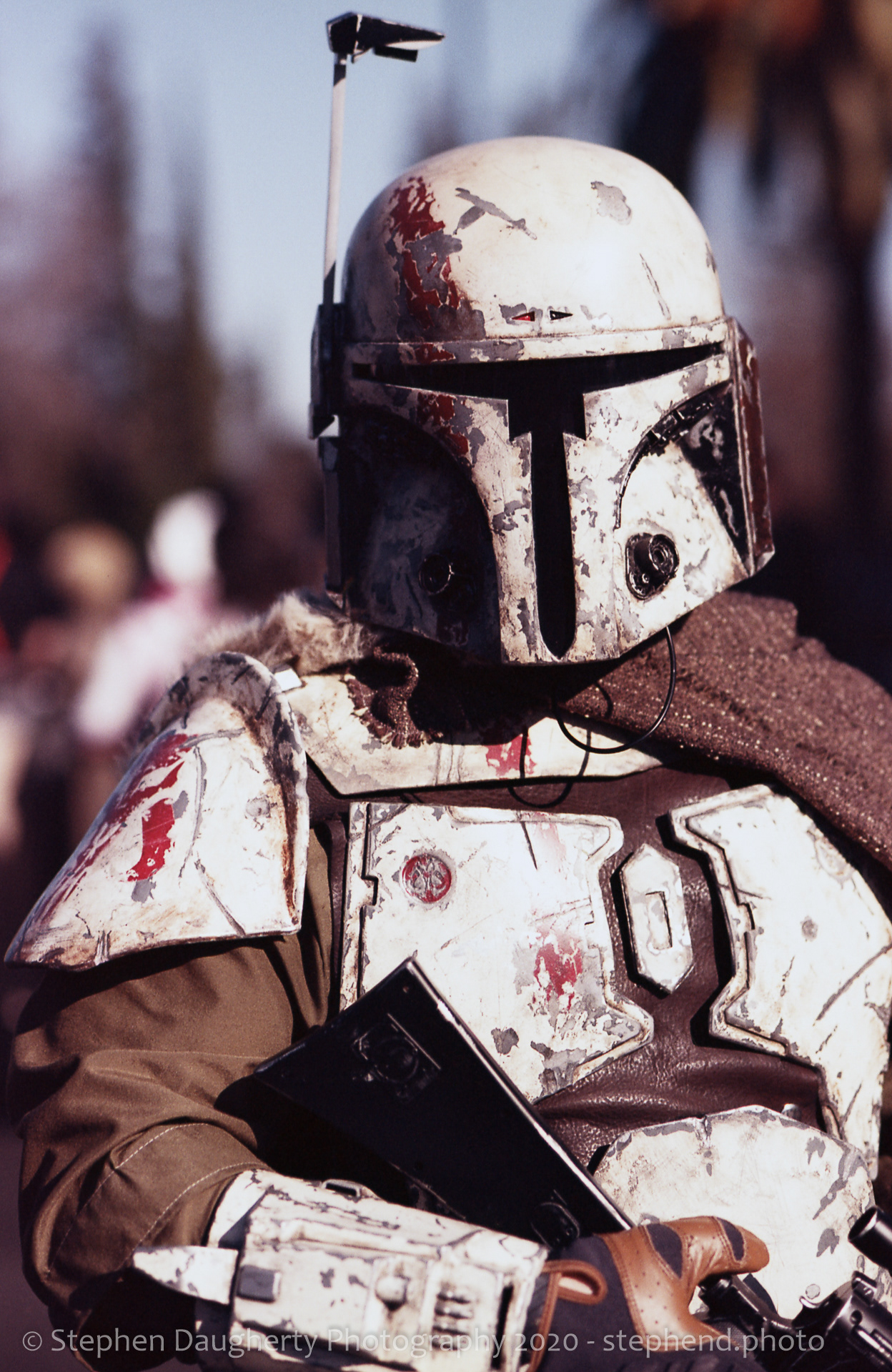
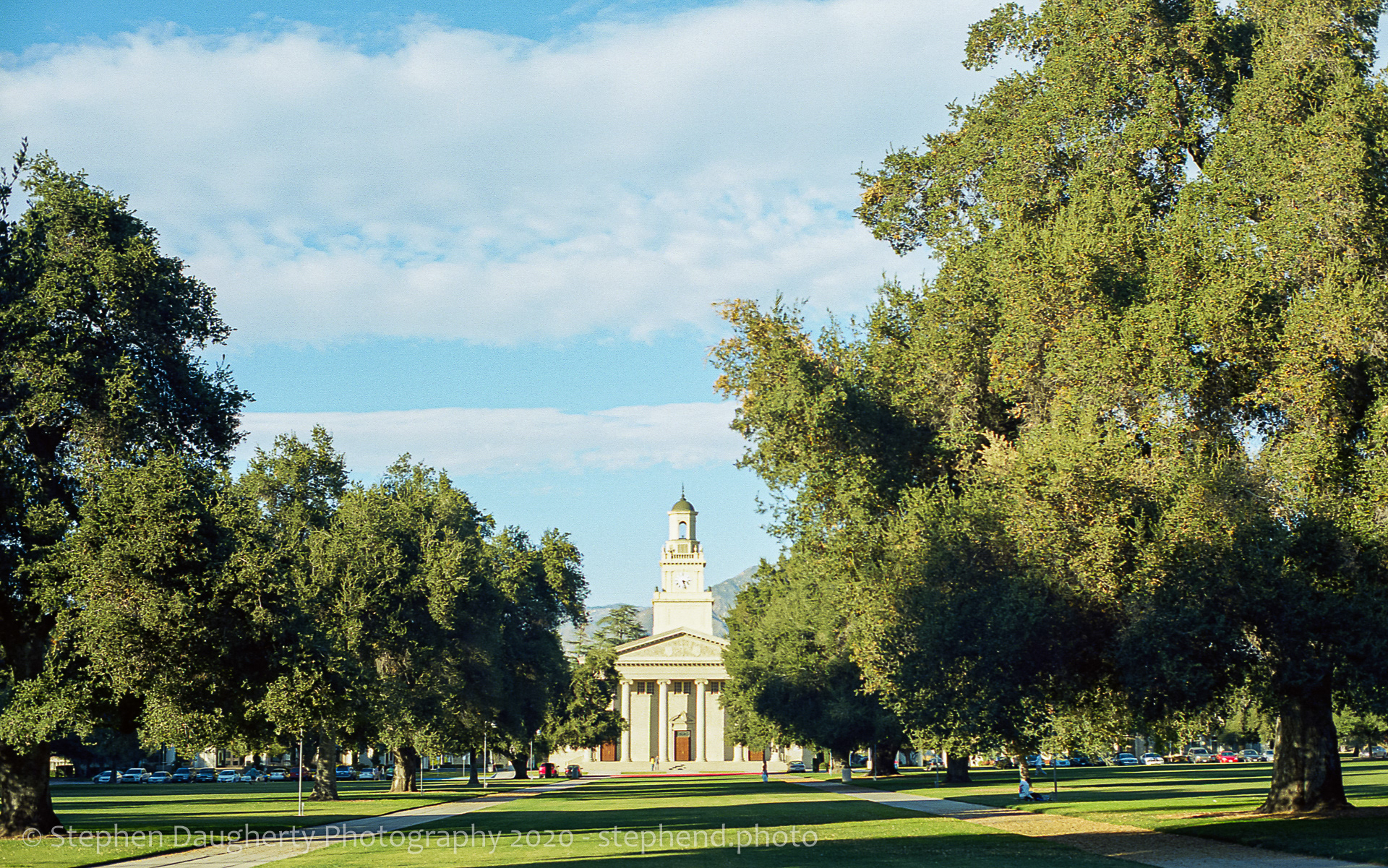
As you can see the contrast and saturation are very high. This can be appealing but I personally would rather make that choice in post as opposed to in the camera. One use case I am a fan for this film though are portraits. I know most people would balk at this and instead suggest a softer film like Portra but I find the harsh contrast can be appealing.





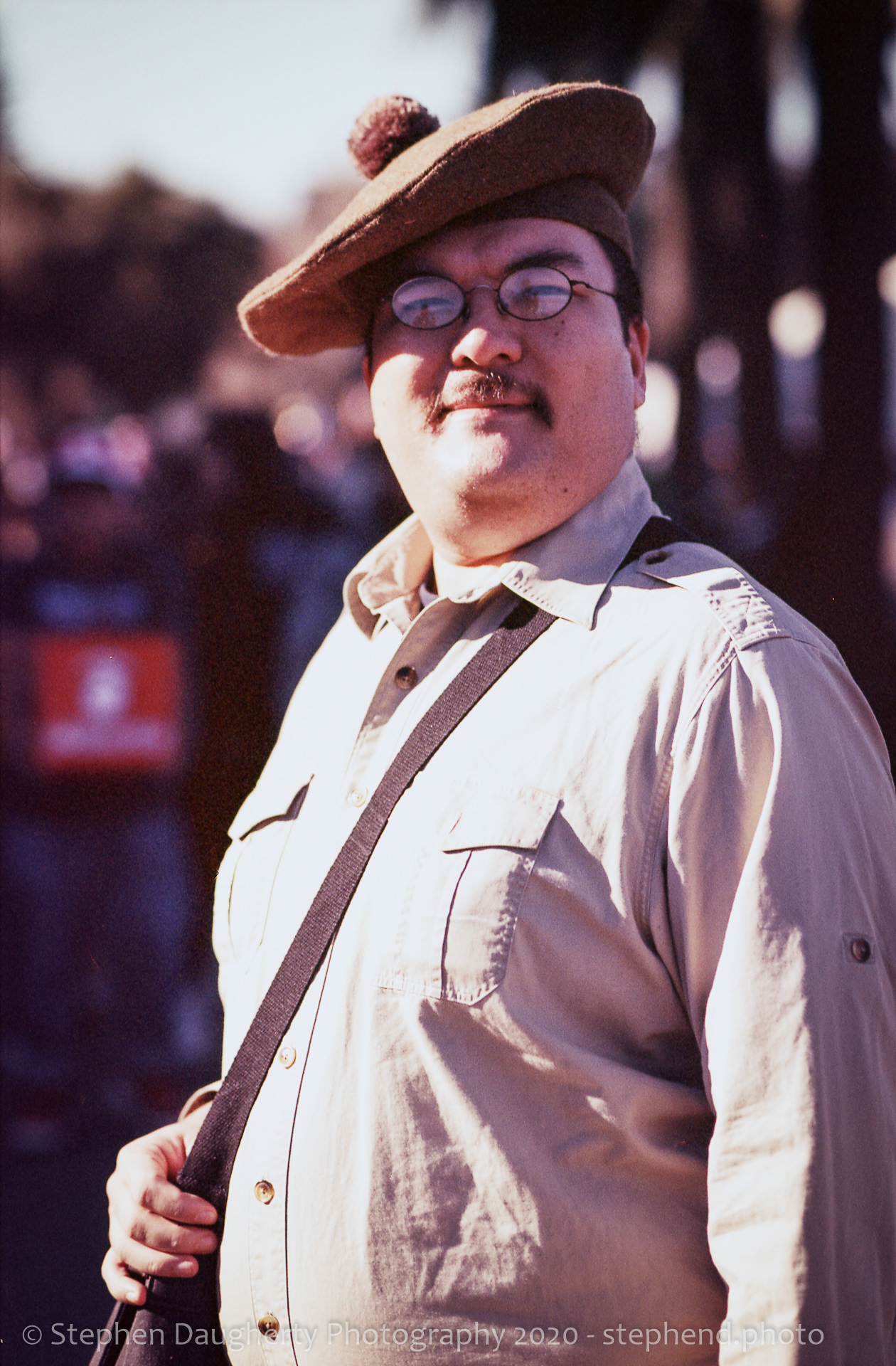
The film is daylight balanced and shifts colors VERY quickly when in mixed lighting. I find this personally incredibly off putting as within the same photo you can even see the dividing line between light sources. It's distracting and would require significant work in post to fix. The narrow dynamic range makes under or overexposure quite ugly. You need to land your exposure or shoot something else and at double the cost per photo these mistakes can be painful.
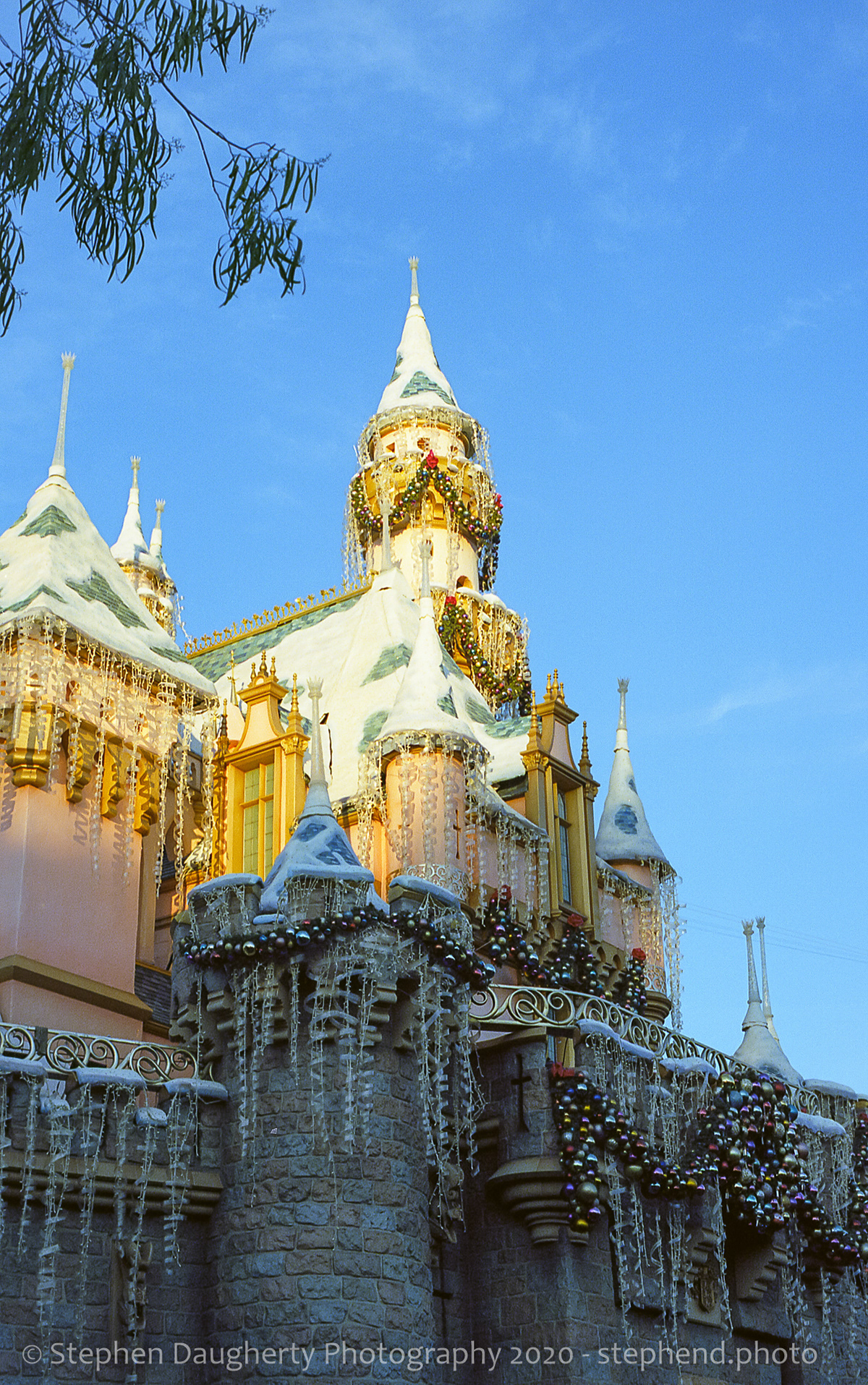


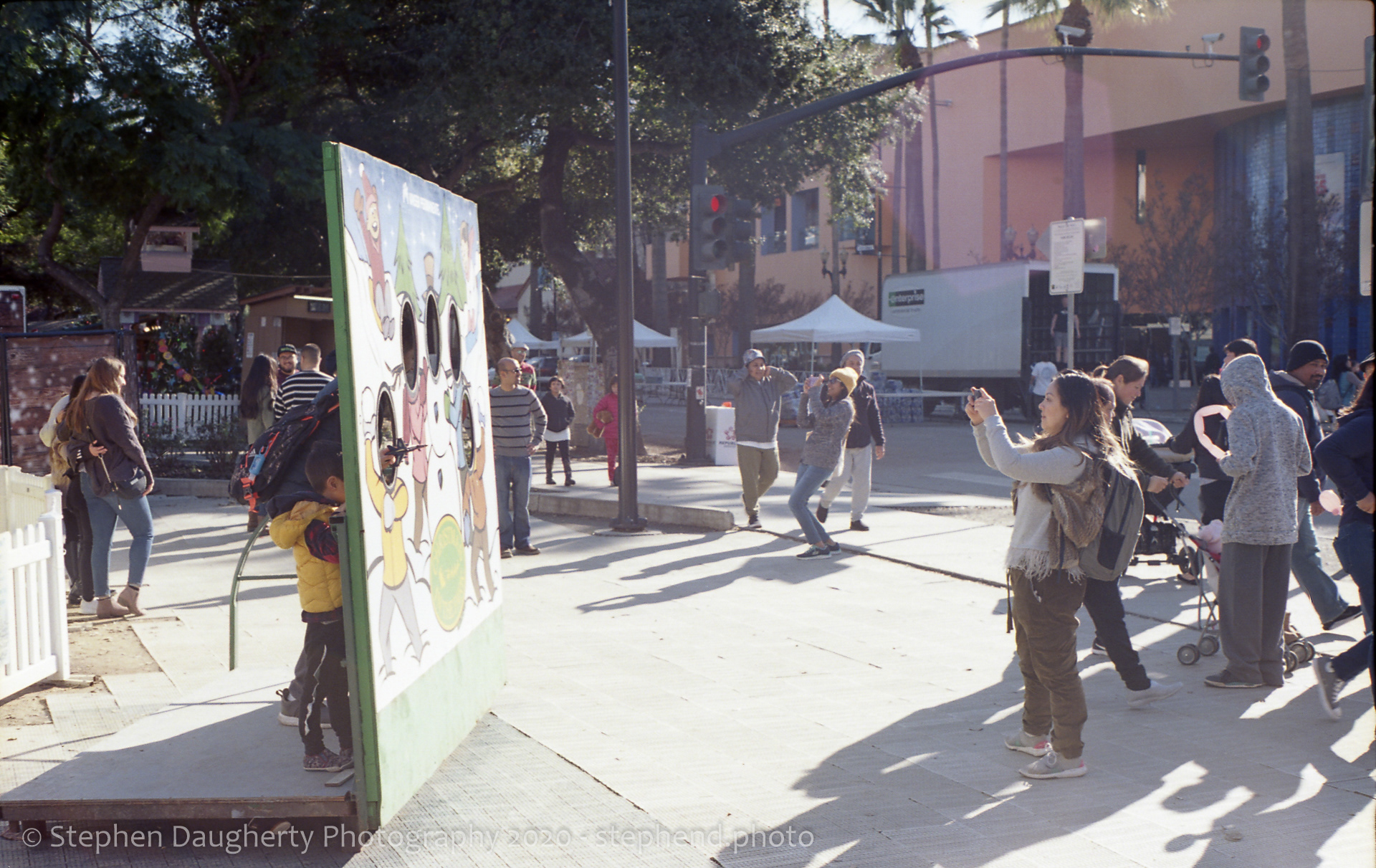
I can't speak about the durability of the film in storage or how it behaves expired as it's just not old enough. I've never owned any rolls of Ektar long enough to judge but given what I've seen I'd expect it to be a very poor film expired or abused. Definitely limit purchasing Ektar 100 to professional sources.
I also can't speak to any personal experience with pushing the film. Based on what I've seen others do it seems to just exaggerate the already high contrast and situation. My opinion though is that the contrast would make the images borderline unusable unless you land the exposure perfectly.
This is not a film stock that handles poor storage or being expired well. I'd strongly recommend shying away from this film if you can't get assurances on how it was stored or see sample photos when buying from anything from a reputable seller. It shifts very green and at least to me it's just generally not a pleasing when abused. The worst you can do is leave the film loaded, exposed, but undeveloped for an extended period of time. It takes on a horrible curl and the grain grows tremendously. Store cold and develop promptly (within a month or so of shooting) otherwise you'll get some of this.
It's frankly hard for me to recommend Ektar 100 for 35mm. I just don't see the value or point when much more flexible stocks like Gold 200 or Portra 400 exist. If you're shooting in 35mm I'd try one of those other options over Ektar.
Shooting in 120 or the larger formats changes things somewhat. Yes the film's characteristics are still there but larger formats shoot slower giving you more time to land that exposure and come out with a stunning photo. The stock's inherent high resolution really helps it here and I do use Ektar 100 for the bulk of my 120 color neg shooting.
